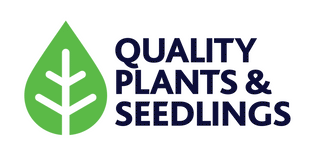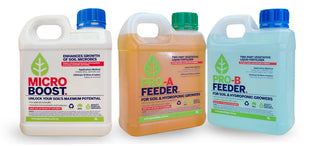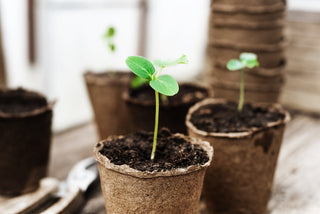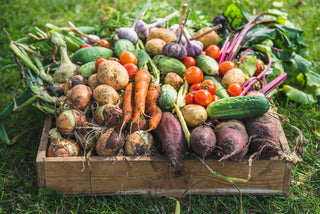Seedling
A seedling is a young developing tiny plant that arises from the seeds. When the seed sprout and the tiny plant develops its 2-3 true leaves transplant it to the garden. People use instruments such as seedling trays, regular trays with 3 inches depth, soil blockers, spacer tools, seeder, etc. The soil material is also available at the local gardening shop named seedling media.
Plant best for seedling/transplant:
Some seeds are really expensive and you will not take the risk to grow them directly which has far more chance to lack germination. Therefore, transplanting needed to be done for these plants. These are the plants that go well with transplanting;
Celery, collards, kohlrabi, broccoli, eggplant, kale, onion, pepper, leeks, tomato, scallions, etc.
Direct sowing
Direct sowing is done by sowing seeds at the place where they complete their sprouting and maturity stages. As in this transplanting is not required so less effort is required. The seed must be healthy and it is good if it is primed before sowing. The instruments used during sowing are widger, dibber, shovel, seeder, etc.
Examples of plants best for direct sowing:
Some plants don’t grow well when their roots are disturbed or transplanted. They like to stay in a single place so the direct sowing method is best for them. The examples are as follows:
Radish, beet, bean, carrot, peas, melon, spinach, turnip, squash, zucchini, snapdragon, nasturtium, etc.
|
Seedling |
Direct sowing |
|
More chance of plant survival |
Less chance of plant survival |
|
Time-saving |
Required time |
|
Commodities are also not lost on extra seeds i.e. thinning, |
Extra efforts are needed in the care |
|
Less space and plants nutrients competition among plants |
More competition among plants because of high-density cultivation |
|
Higher germination rate |
Less germination rate |
|
Need care and a little more expensive than seeds |
Easy and cheap |
|
For example; tomato, onion, kale, etc. |
For example; beet, squash, turnip, etc. |
Tips for Direct Sowing Successfully
Follow are some direct sowing tips which will help you in planting;
- Clean the area from weeds before sowing seeds.
- Sow the seeds 3 times more in-depth as compared to the size of the seed.
- Protect the seeds from frost or provide warmth if needed by the specific crop.
- It is good if you mark the place with a specific crop title for future identification.
- Water the plot gently so seeds will not flow and accumulate in one place.
- The seeded plot must be kept misted till the sprouting.
- After germination pick the extra plants to avoid overpopulation.
- Do regular recommended care for your specific crop.
Tips for seedling:
Transplanting is a little tricky but care will help you in a successful plant transfer
- Wash the tray and clean it if you are reusing it.
- Grow seeds with care and according to their specific instructions.
- Harden (exposing plants to slightly dry and cold conditions) the plants before transplanting them to the garden.
- Loosen the soil before lifting the plant or water the soil before lifting plants, use your hand carefully so the roots are not damaged.
- Dig a pit and add water to it before transplanting, it will lessen the stress.
- Water transplanted plants more than one time for the first 2-3 days of transplanting.
- It will be good if you cover the transplanted plant for the first 5 days or provide shade.
It is easy to start a garden by transplanting; you can buy some good and healthy plants from our store.
Our store: https://www.qpseedlings.com.au/collections/seedlings





